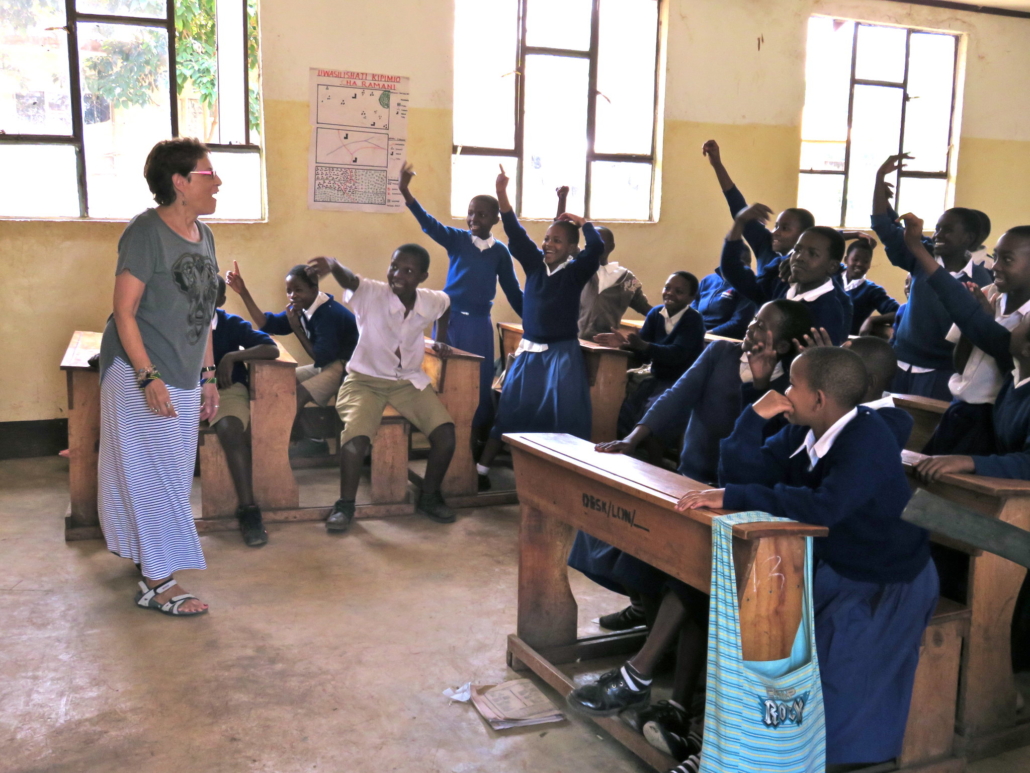
HIV prevalence in Tanzania accounted for 4.8% among people aged 15-49 in 2019. HIV/AIDS’s consequences in a developing country can be devastating, leading to more deaths, slowed economic growth and further misery. HIV and poverty share a critical connection, both acting as the cause and the outcome of one another. The virus poses a more lethal and dangerous threat to the economically vulnerable part of the population that might not always have access to food, medicines and proper health care services. Tanzania has invested in an initiative called Education Plus to eliminate HIV in the country. Tanzania’s investment in secondary schools should fight HIV by ensuring education for girls and young women.
HIV and Education
Sub-Saharan Africa is considered the epicenter of the disease, with 69% of the HIV-positive world’s population living in the region. Another critical characteristic of the epidemic is its relationship with education, where less educated groups tend to be more vulnerable to contracting the disease.
Tanzania’s investment in secondary schools to fight HIV is a plan that will further develop through the country’s commitment to Education Plus. The initiative is the result of the combined efforts of UNAIDS, UNESCO, UNICEF, U.N. Women and others to fight and prevent HIV through the empowerment of adolescent girls and women in sub-Saharan African countries. Their strategy aims to achieve gender equality with secondary education as a central focus. Tanzania became the 13th African country to join Education Plus.
The Background
In Tanzania, over the last 12 years, the number of HIV infections dropped by almost half and the number of deaths decreased from 52,000 to 27,000 in 2019. Nevertheless, in 2019 the country has seen the number of HIV-positive individuals amount to 1.7 million. Evidence shows a considerable vulnerability in women to develop the infection.
Younger groups between the age of 15 and 24 represent one of the most prominent groups of new infections, making up 30% of the newly infected population, UNAIDS reported. According to UNICEF, the disease does not exist equally across the country, with a prevalence mainly in the southern areas.
The mainly affected population are people injecting drugs, men who entertain sexual relationships with other men, female sex workers, transgender individuals and prisoners. Studies show that crucial contributors to virus transmission are younger age, lack of education, alcohol use and the number of sexual partners.
Socio-economic Backgrounds
Tanzania’s poverty rate was 26.4% in 2018 and HIV is a disease that tends largely affects those coming from lower socio-economic backgrounds.
According to a report from the National Education Profile in 2018, 61% of females aged 14-19 in Tanzania were out of school compared to 51% of males from the same age group. According to UNAIDS, sub-Saharan Africa has the highest rate of child marriage and teenage pregnancy. Such aspects are definitive in keeping young women out of education and about 27% of girls aged between 15 and 19 in Tanzania are either pregnant or already have a child. As of 2019, adolescents and young women constituted 24% of new cases worldwide in sub-Saharan Africa.
Before joining the UNAIDS initiative, Tanzania was already making progress in tackling the issue with the revision of the HIV and AIDS Act, which now permits self-made HIV testing and has lowered the age of consent to take the test.
Education Plus
Research shows that secondary education has a significant role in the reduction of the risk of HIV/AIDS infection. Access to education leads young women to pay more attention to matters of sexual and reproductive health and it allows them to become economically independent later in life and ensure higher incomes for the future. It also decreases the risk of them becoming child brides and teenage mothers.
The initiative Education Plus began with the focus of helping achieve gender equality, ensuring free and good secondary education for all women by 2025 in sub-Saharan African countries. The plan consists of encouraging decision-makers to raise and expand investments and efforts on instructions and teachings for girls and young women. Such measures aim to prevent HIV and offer major social and economic benefits, including to those who already have contracted the virus, UNAIDS reported on its website.
Not only does the initiative give young women the opportunity to complete secondary education, but it also offers “universal access to comprehensive sexuality education, fulfillment of sexual and reproductive health and rights, freedom from gender-based and sexual violence, school-to-work transition and economic security and empowerment,” according to UNAIDS website.
The project relies on the help of influential U.N. leaders and partners and their role as advocates for the education of young girls to encourage further action and investment in the cause. Education Plus is the ideal approach to facilitate Tanzania’s investment in secondary schools to fight HIV.
The country’s high secondary school dropout rate is a risk factor in the development and spread of an epidemic that needs significant attention and intervention.
The Relationship Between Poverty and HIV
The socioeconomic status of people infected with HIV has a significant role in their living conditions. Many of the situations associated with the risk of contracting the virus are the consequences of coming from a disadvantaged background, such as a lack of access to decent food, housing, safety and the need to exchange sex for basic necessities.
HIV also has a negative impact on the socioeconomic state of a population. Poor health conditions can impact an individual’s ability to work and function independently, and according to research, the unemployment rate of those living with HIV/AIDS goes from 45% to 65%, according to the American Psychological Association (APA).
Looking Ahead
Despite the country still being a lower-middle income economy, Tanzania’s financial status is growing and has been so for the last decade. One of the key battles to win in order to ensure the economic reprise of Tanzania is through a strategy that allows for its population to have good health and work at their full potential.
Tanzania’s investment in secondary schools to fight HIV is not only an investment to fight and defeat a fatal disease responsible for 32,000 deaths in 2020, but also to build a country characterized where gender equality and strong economic performance are a reality.
– Caterina Rossi
Photo: Flickr
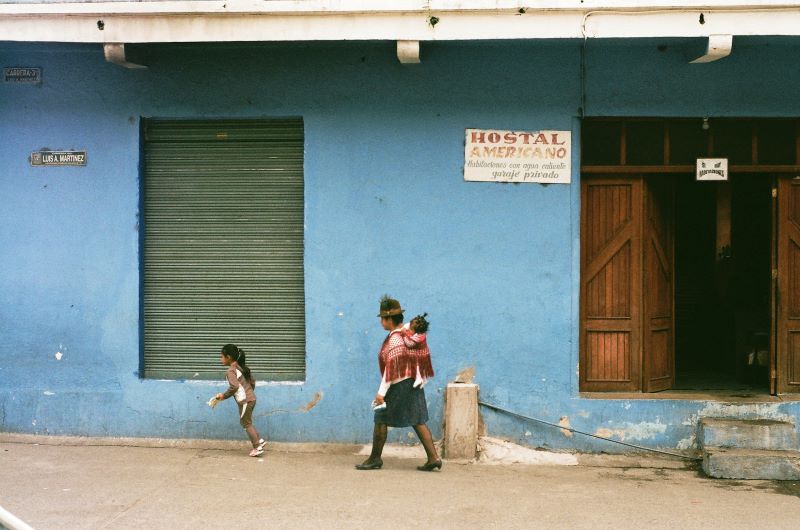
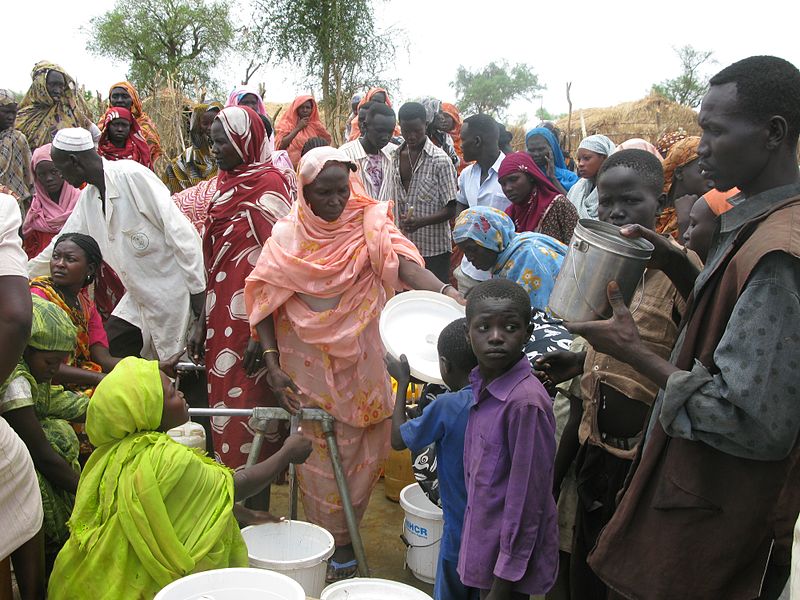

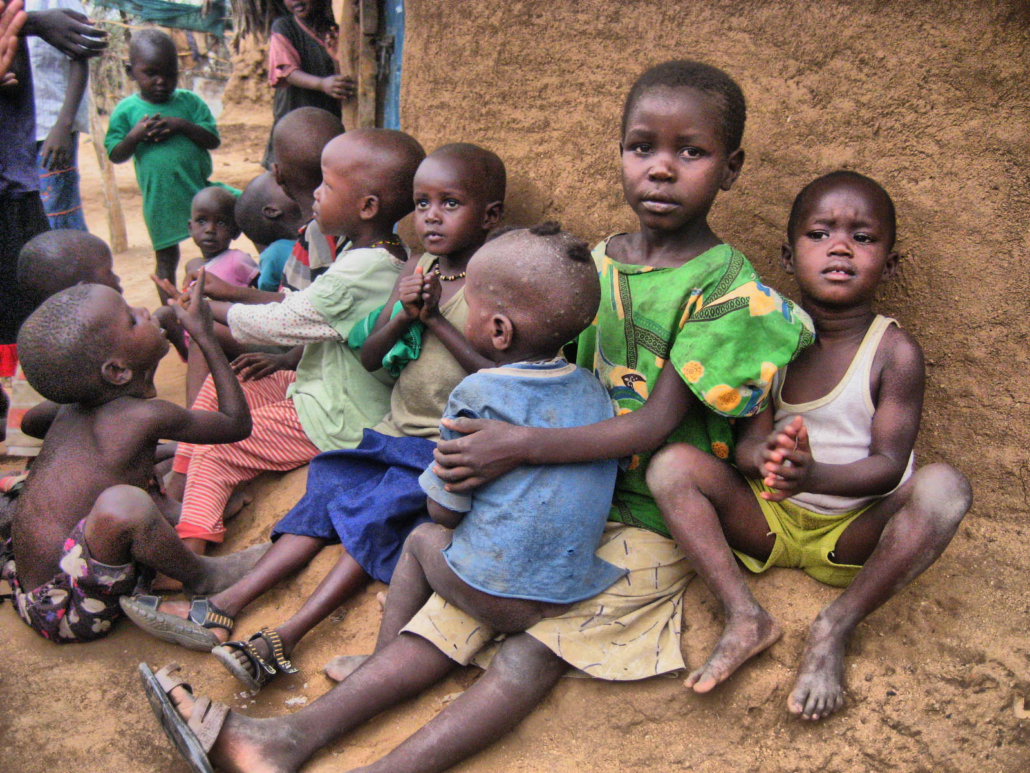
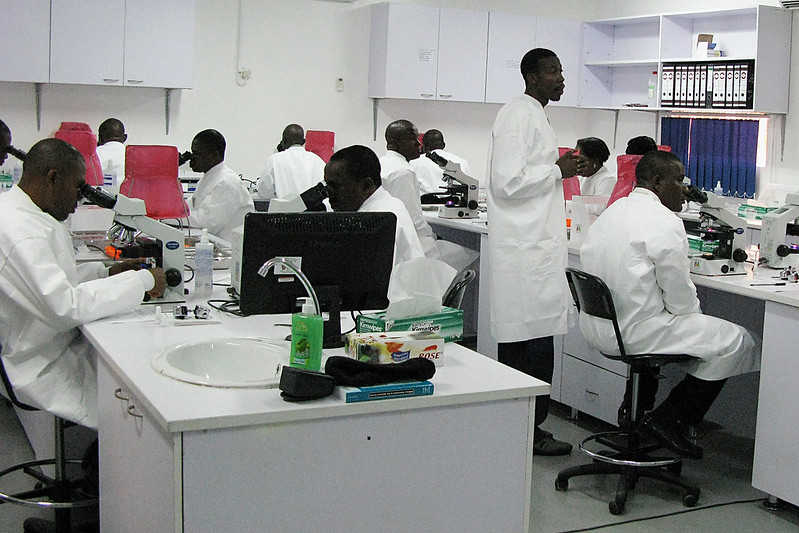
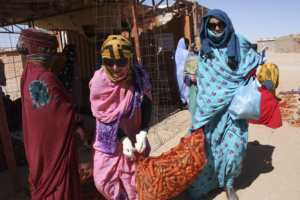 Alergia is one of the largest countries in North Africa, both by size and population. Like any other country, Alergia is not perfect, as the upper middle-income nation has a
Alergia is one of the largest countries in North Africa, both by size and population. Like any other country, Alergia is not perfect, as the upper middle-income nation has a 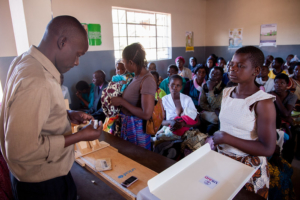 While it remains in the top 10 countries with the highest HIV rates, there is a significant reduction in the rates of HIV/AIDS in Malawi. This plummet,
While it remains in the top 10 countries with the highest HIV rates, there is a significant reduction in the rates of HIV/AIDS in Malawi. This plummet, 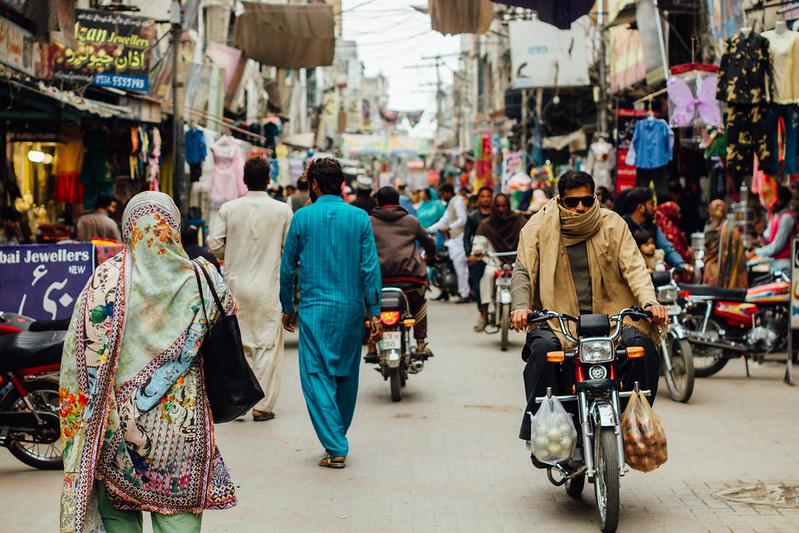
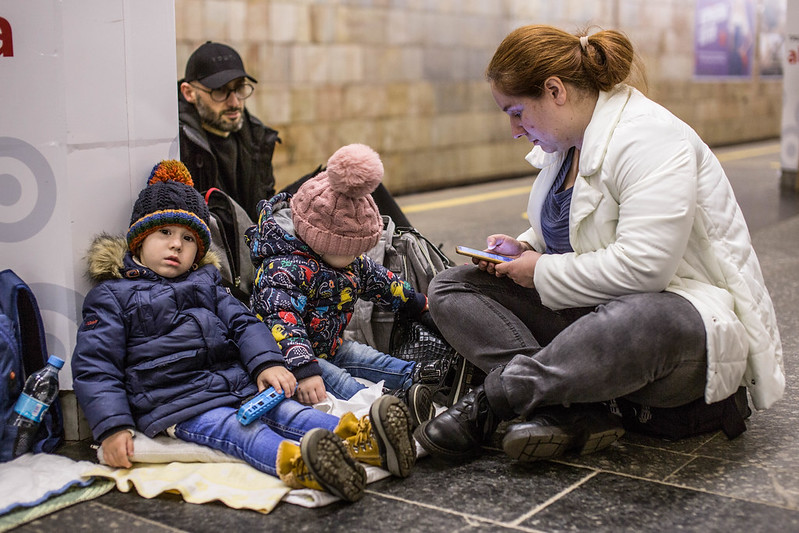
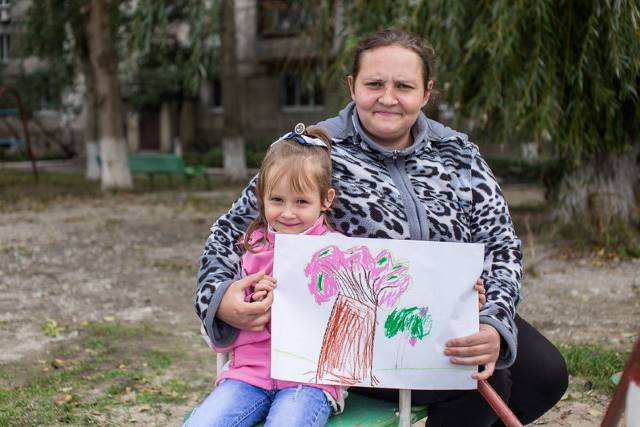 Ukraine has a long history of political turmoil and foreign interference since it achieved
Ukraine has a long history of political turmoil and foreign interference since it achieved